Introduction
3D printing technology, particularly Fused Deposition Modeling (FDM), has evolved significantly over the years. Despite advancements in slicing software, the fundamental principle remains the same: parts are sliced into 2D layers and stacked to create a 3D object. This method, while effective, presents a notable challenge: the strength of printed parts is often significantly lower in the vertical direction (perpendicular to the layers) compared to the horizontal plane. This article explores a novel approach to slicing—referred to as the “Brick Layer Slicing” method—that aims to improve layer adhesion and overall part strength.
The Problem with Conventional Slicing
In traditional FDM printing, layers are stacked directly on top of one another, leading to weak points where layers meet. These weak points can result in failure along a single plane, compromising the structural integrity of the printed part. While there have been attempts at true 3D slicing, they have not gained traction in mainstream slicers due to the effectiveness and simplicity of current methods.
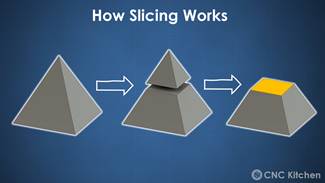
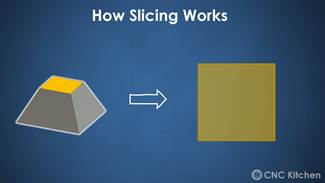
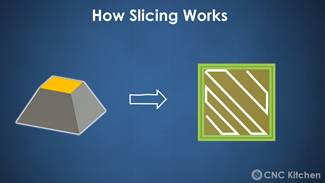
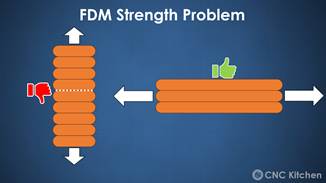
The Brick Layer Slicing Approach
The goal of the Brick Layer Slicing method is to create an interlocking pattern similar to a brick wall, which enhances layer adhesion by increasing the surface area where layers bond. This method involves changing the printing order and layer heights to achieve a staggered effect.
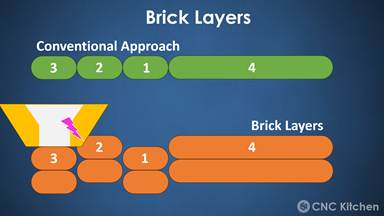
Implementation Steps
- Slicing Process Setup: Using Simplify3D, four individual processes were created—two for the internal and external perimeters and two for the infill.
- Layer Height Adjustment: The initial layer height for the two perimeter processes was set to 100%, while the infill processes were set to 150%. This offset creates a half-layer height shift, resulting in a zig-zag interlocking pattern.
- Printing Order: The first two processes print the internal and external perimeters normally, followed by the infill processes, which are offset to interlock with the previously printed layers.
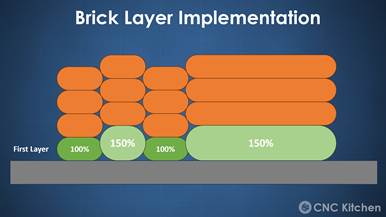
Results and Observations
The Brick Layer Slicing method was tested on various geometries, including complex shapes like the 3DBenchy. The results showed promising improvements in print quality and surface finish.
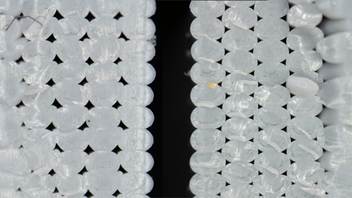
Layer Adhesion Testing
To evaluate the effectiveness of the Brick Layer Slicing method, layer adhesion samples were printed using both conventional and brick layer slicing methods. The samples were made from PLA and PETG, focusing on the strength of the perimeters.
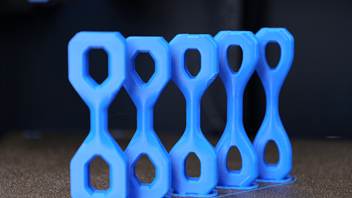
- PLA Samples: Conventional slicing resulted in an average failure load of 944 N, while the brick layer samples achieved an average of 1072 N, representing a 14% increase in strength.
- PETG Samples: Conventional PETG samples failed at 950 N, while the brick layer samples showed a 10% increase in strength. Notably, the failure mode shifted from planar to more complex crack patterns, indicating improved interlayer bonding.
Microscopic Analysis
Microscopic examination of the fracture surfaces revealed a significant difference between the two methods. Conventional slicing exhibited flat fracture surfaces, while the brick layer samples displayed a zig-zag or conical failure pattern, suggesting enhanced bonding between layers.
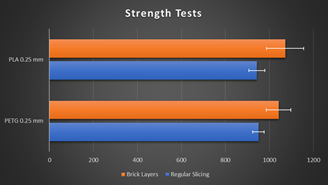
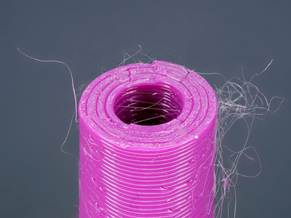
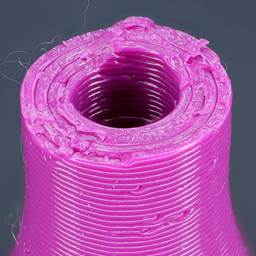
Conclusion
The Brick Layer Slicing method demonstrates significant potential for improving the strength of FDM 3D printed parts. While the increase in layer adhesion may not double the strength, a 10% improvement is substantial, especially given the advancements in materials and processes in recent years.
This approach opens the door for further exploration and optimization in additive manufacturing. The Simplify3D factory files for this method are available for replication and experimentation. Additionally, there may be opportunities to implement similar techniques in other slicers like PrusaSlicer.